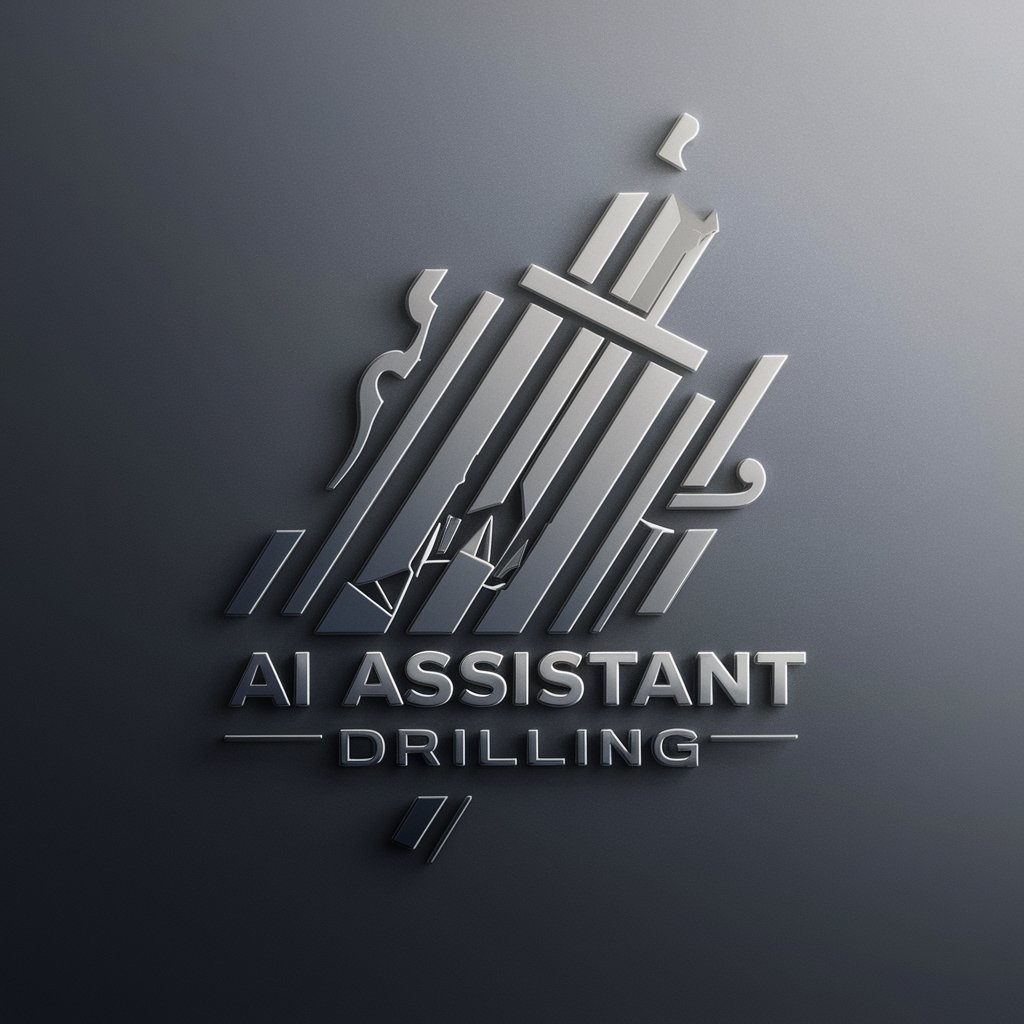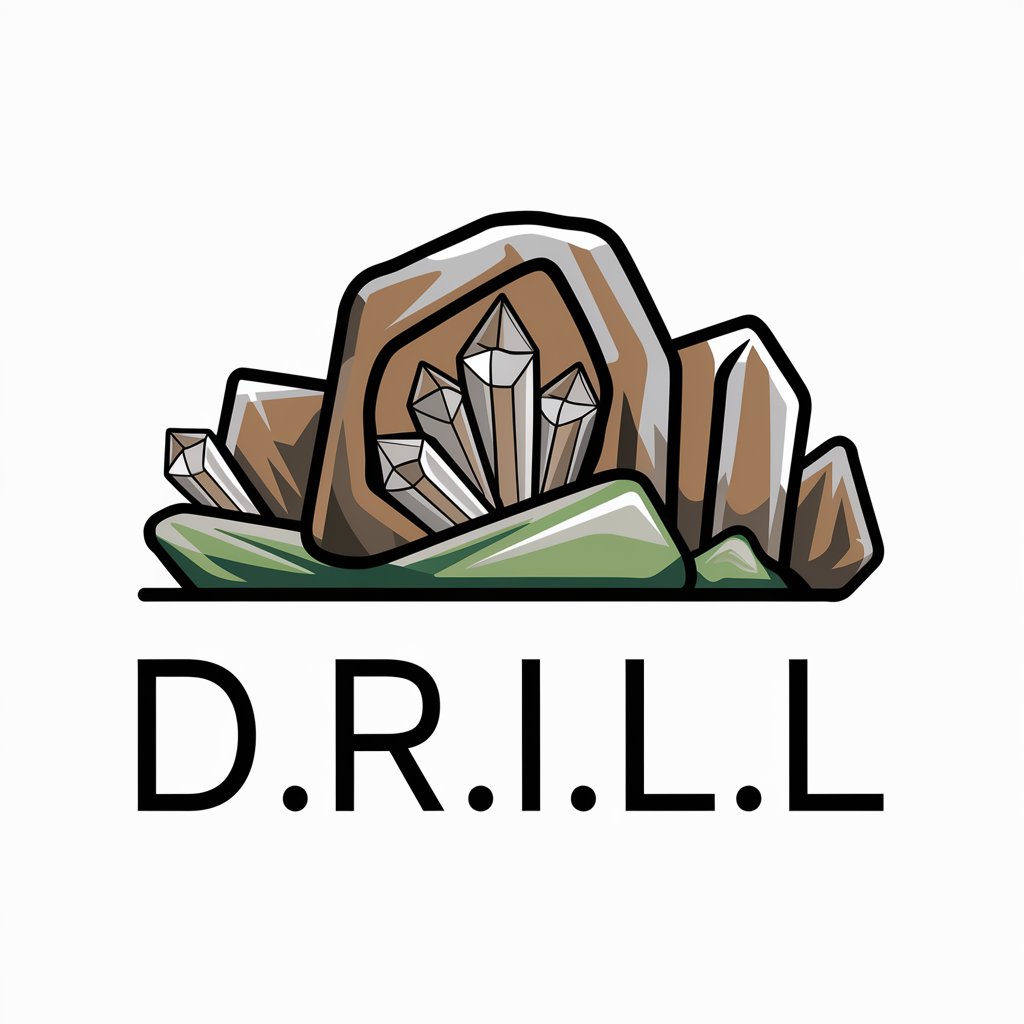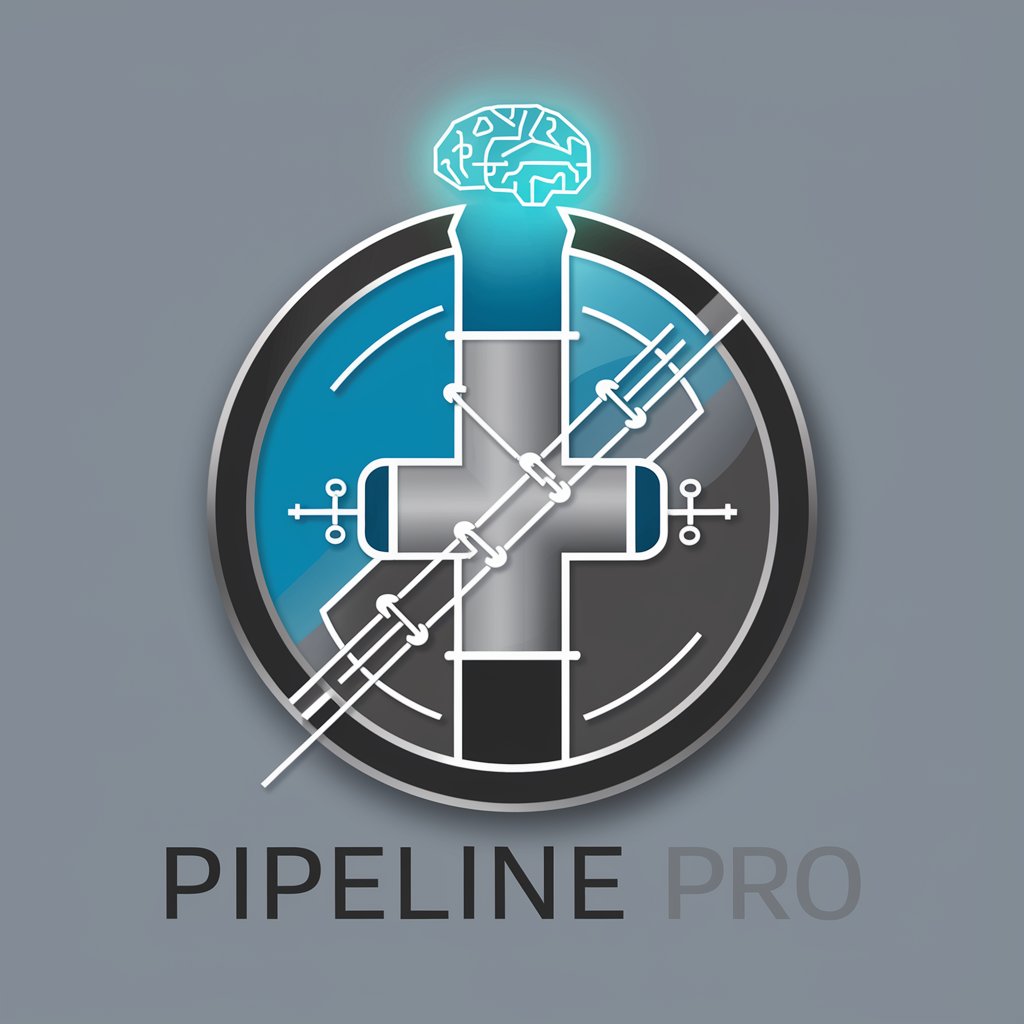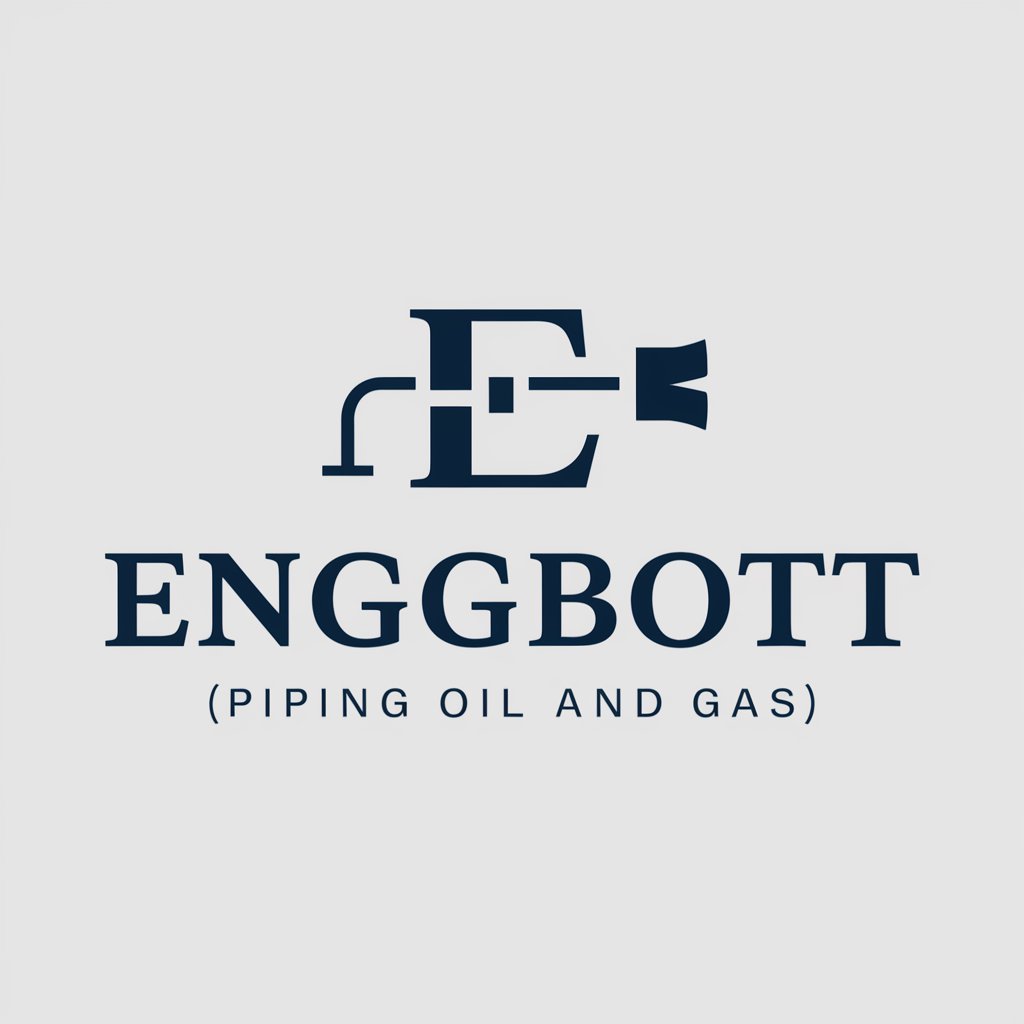
Drilling - Drilling Insights and Guidelines

Welcome! How can I assist you with your drilling queries today?
Powering Precision Drilling with AI
Explain the differences between various types of drilling techniques.
Describe the components and functions of a typical drilling rig.
What are the safety precautions to consider during a drilling operation?
How does the choice of drilling material impact the efficiency of the process?
Get Embed Code
Overview of Drilling
Drilling is a mechanical process used to create holes in various materials, ranging from earth and rock to metals and polymers. It involves the use of a drill bit that cuts into the material, typically driven by a rotating mechanism. The design of drilling processes and equipment varies significantly depending on the application, from small-scale precision drilling in manufacturing to large-scale geological drilling for oil and gas exploration. In manufacturing, drilling is crucial for creating parts with precise dimensions and tolerances. In construction and mining, drilling is used for site investigation, material extraction, and structural foundations. In the oil and gas sector, drilling is essential for exploring and extracting underground or underwater resources. Powered by ChatGPT-4o。

Primary Functions of Drilling
Material Removal
Example
Drilling holes in a metal sheet for assembly
Scenario
In manufacturing, precise holes are drilled into metal sheets to enable assembly of complex machinery, ensuring accuracy and alignment.
Exploration and Extraction
Example
Oil and gas drilling
Scenario
In the energy sector, drilling is used to explore and extract oil and gas from beneath the earth's surface, often involving deep wells and offshore platforms.
Sampling and Testing
Example
Soil sampling for construction
Scenario
In construction and environmental studies, drilling is used to obtain soil and rock samples to assess the suitability of a site for building or to analyze environmental conditions.
Target Users of Drilling Services
Manufacturers
Manufacturers use drilling in the production of machinery, electronics, and consumer goods, requiring precise and efficient drilling for quality control and product consistency.
Construction and Mining Industries
These industries rely on drilling for site preparation, material extraction, and structural analysis, requiring robust and adaptable drilling solutions.
Oil and Gas Companies
Oil and gas companies are major users of drilling services for exploration, extraction, and infrastructure development, often requiring advanced drilling technology for challenging environments.

How to Utilize Drilling Effectively
Begin with a Trial
Initiate your journey by exploring yeschat.ai to access a complimentary trial, bypassing the need for login or ChatGPT Plus subscription.
Identify Your Needs
Determine the specific drilling information or project requirements you have, such as material types, hole dimensions, or equipment selection.
Select the Right Tools
Choose the appropriate drilling tools and techniques based on your identified needs, considering factors such as drill bit material and machine type.
Follow Safety Guidelines
Ensure to adhere to safety protocols and wear protective gear to prevent accidents and injuries during drilling operations.
Optimize Your Process
Experiment with different speeds, feeds, and cooling methods to find the most efficient drilling parameters for your application.
Try other advanced and practical GPTs
小红书旺仔牛奶文案
Craft Your Story with AI

變身藥水
Transforming Imagination into Reality

AML Name Checker
Streamline AML Compliance with AI

Brand Visionary
Crafting Minimalist Brand Identities with AI

Security Guard
Elevating Security with AI Intelligence

Brand & Copy Genius
Empowering Brands with AI Creativity

超级主播
Bring your content to life with AI

Derek Designer
Crafting Minimalist Designs with AI

(43) 보드게임 제작자
Crafting your imagination into board games.

Arch Wizard
Empowering Innovation with AI

Flashcard Builder / Tester
Master any subject with AI-powered flashcards.

ServerGuy Assistant
Empowering Tech Decisions with AI

Frequently Asked Questions about Drilling
What are the primary types of drilling equipment?
The primary types of drilling equipment include hand-held drills, benchtop drilling machines, and CNC (Computer Numerical Control) drilling machines, each suited for different levels of precision and scale of operations.
How do I choose the right drill bit?
Selecting the right drill bit depends on the material being drilled, hole size, and desired finish. Materials like HSS (High-Speed Steel) are common for metal, while carbide-tipped bits are preferred for harder materials.
What are the key safety practices in drilling?
Key safety practices include wearing protective gear such as goggles and gloves, securing the workpiece firmly, and ensuring the drill bit is sharp and correctly installed to prevent accidents.
How can I improve hole quality in drilling?
Improving hole quality involves using the correct drill bit speed and feed rate, applying appropriate lubrication or cooling, and choosing the right drill bit for the material.
Can drilling be automated?
Yes, drilling can be automated using CNC machines, which offer high precision and efficiency for complex drilling tasks and mass production, with programmable patterns and depths.





